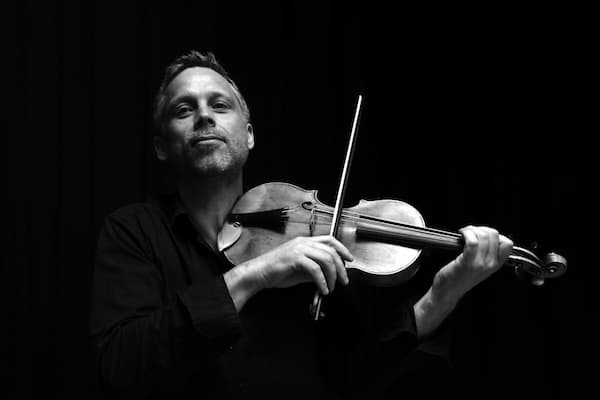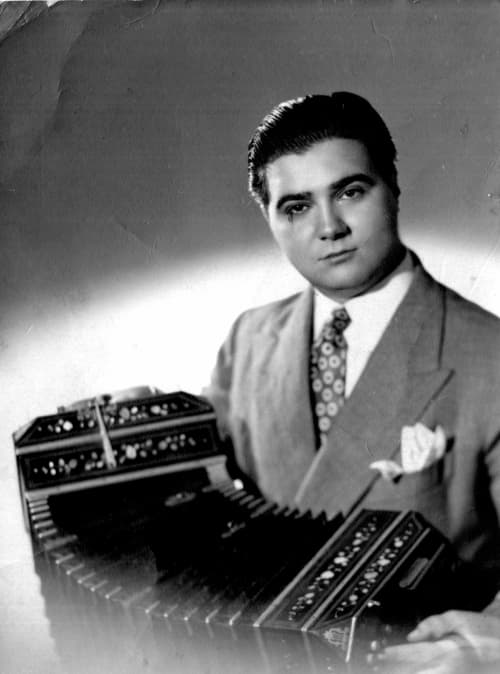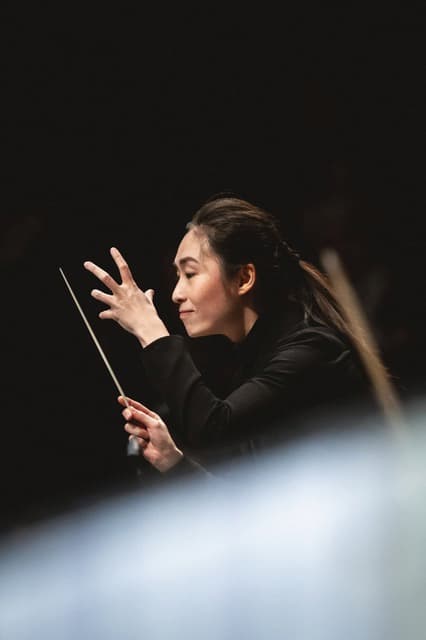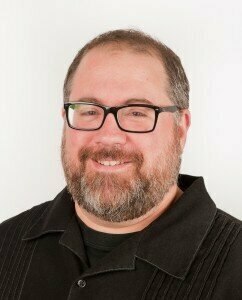
Stephan Moore
Dark Horse/ Black Forest: Gershwin
His work with sound environments came through long work in music and electronics. Dr Moore grew up in Marquette, Michigan, located on northern edge of the state. The next closest large city was some 3 hours away. But his choir-singing skills brought him to Michigan’s Interlochen Center for the Arts from age 12 onward and his career in music started.
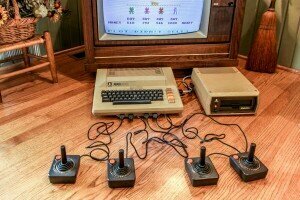
Atari 800
Yet, his own musical education was lacking some of the depth that an older music major might be expected to have. He taught himself music theory through the exercise of writing music. His projected career as a choir conductor vanished when he discovered that he’d rather make his own music than interpret the music of others.
In 1991, he learned the notation software Finale and migrated to that platform. He went to Western Michigan University in Kalamazoo, MI and discovered the Moog Modular Synthesizer. Robert Moog’s ground-breaking synthesizer made its first appearance in the mid-1960s, it gained popularity through its use in pop music, with Wendy Carlos’ Switched-on Bach (1968) being an early use of the Moog.
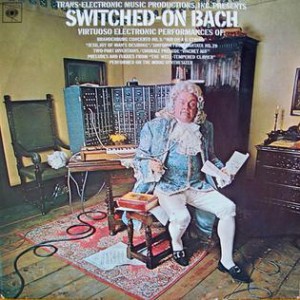
Switched-On Bach cover
He left Peabody in 1998 and began working for Soundprint, which produced programs for National Public Radio (NPR). There he worked on an independent documentary series that created some 50 NPR shows. Radio protocols make a different demand on the artist, where music is only one aspect of the soundscape.
In 1999, the web boom hit and he began working for Polk Audio as their New Media Director. He created their web page before returning to school, this time to Rensselaer Polytechnic Institute (RPI), the oldest technological research university in the US. There he met Pauline Oliveros, the American composer who was instrumental in the development of tape and electronic techniques.
Oliveros: Mnemonics III (Pauline Oliveros, electronics, tape)
Dr Moore graduated from Rensselaer in 2003 and started teaching for the Massachusetts College of Art and Design (MassArt) and Simon’s Rock College as well as RPI on subjects such as Sound for Video and Sound Installation Art. There, he found that teaching music in an arts school was a much more open proposition than teaching music in a music school.
From 2004 to 2010, he toured as sound engineer and musician with the Merce Cunningham Dance Company. Cunningham made a fundamental change in dance choreography by moving the point of emphasis of dance away from the centre of the stage, often providing the audience with a choice of focal points. His life partner, John Cage, was the music source and inspiration for Cunningham’s work.
Dr Moore was the sound engineer for Cunningham’s Ocean, which places the audience in the round, the orchestra behind the audience, with no conductor except a time clock. The orchestra is supplemented with electronics, including recordings of ocean creatures.
Working with Cunningham put Dr Moore in the centre of New York’s art world, since Cunningham worked not only with Cage but also with their contemporaries: Jasper Johns, Robert Rauschenberg, Roy Lichtenstein, Bruce Nauman, Frank Stella and Andy Warhol. Musicians such as John La Barbara would join in the Cunningham tours. The Company did 40-45 weeks a year on tour and then spent July and August in New York.
Between finishing his work for Merce Cunningham in 2010, and starting at Northwestern in 2015, he did his PhD in Computer Music and Multimedia Composition in the Multimedia & Electronic Music Experiments (MEME) program at Brown University. At Northwestern, he has taught at both their Illinois and Qatar campuses.
He began performing shows together with Scott Smallwood as Evidence, creating programs with deeply layered sound inspired by their recordings of natural and industrial sound. “Losperus” is a performance of unstable sound sculptures, fashioned anew for each performance from discarded household items.
He makes you hear the world in a new way. He found his own way into music via computers and has been instrumental in keeping the world of the auditory surprise alive. He listens to the world with different ears and helps you to do the same.

